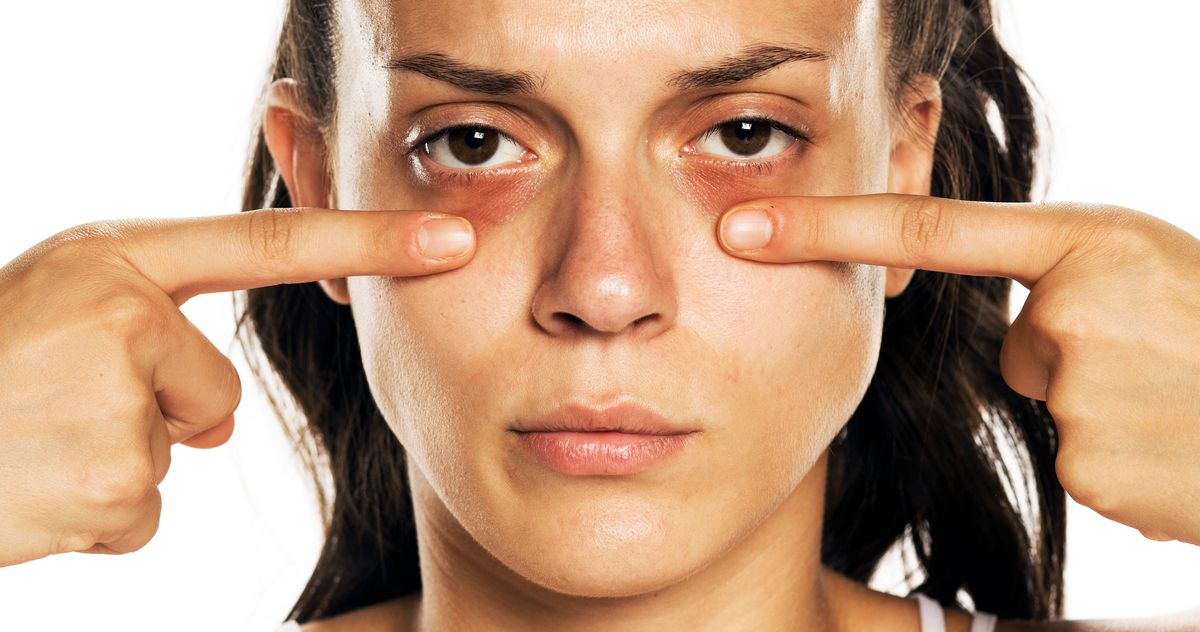A super common question most people searching for: how to get rid of bags under your eyes? I bet at some point you’ve looked in the mirror and saw your eyelids looking puffy, and you’re like, Why do I have these bags under my eyes? And ultimately, how do I get rid of them? You’ve seen a lot of stuff on the internet just talking about ways to remove eye bags, so I wanted to shed some light on the subject.
I first want to go over how to get rid of eye bags naturally, as a lot of people, including myself we’re not big fans of taking medications if we don’t have to, but then I also want to discuss under-eye bag creams and really why I don’t recommend them. Then we’ll discuss different surgical options for treatment for eye bags.
But first here are a few things that you can do at home. One is to avoid high salt diets. When you eat a lot of salty food, that will cause water to accumulate in your tissues leading to swollen, puffy eyes with that eye bag appearance. It’s not the valid number one cause for having bags under your eye, but it certainly causes this issue for many people. It will exacerbate your symptoms, and this is even the exact reason people get puffy eyelids after crying because the salt content of your tears ends up drawing water into the tissue causing swollen puffy eyelids leading to those under-eye bags. In this case, for anybody with a swollen puffy eyelid, use cold compresses; it will help shrink the blood vessels around the eye, causing the eyelids to look less bloated.
Now, of course, people have always seen these videos of people with cucumbers on their eyes; I don’t think there’s anything magical about the cucumber itself. It may be antioxidants, but I don’t have any real studies to base that on, and it’s probably just the coolness of having a cold cucumber on the eye. That’s doing the help at home. It’s not that technical; you want to get something cold to those eyelids to shrink them down, and then hopefully, you won’t have such a prominent appearance of those eye bags.
Another big issue for under-eye bags is eye allergies, allergies will cause histamine to be released from your tissue that will cause your blood vessels and tissues to swell up, become red, and you’ll have that itchy sensation. Do not rub your eyes when you have eye allergies. It’ll feel good at first but makes things worse. Using a cold compress like we just discussed should help with a lot of the symptoms and bring down some of that swelling.
There are excellent antihistamine eye allergy drops and oral antihistamines that can help with this. The only warning I would give out about using any oral antihistamines is that they often dry out your tissues, so many people on those medications for allergies can end up with really dry eyes. So watch out for that now before we talk about under-eye bag creams.
There are about a million different brands out there on the market when it comes to eye bag creams, and I’m honestly not a big fan of them. I’ll tell you why most of these creams, such as serum albumin, are a lid or skin tightening cream, and yes, some of them do work, but they’re only temporary as a fix.
They ultimately don’t solve the issue and most of these different cosmetics creams. They’re not regulated, and so they use preservatives. Many of these preservatives have been found to cause permanent damage to the oil glands in the eyelids, leading to dry skin on the eyelid. You can end up with really severe dry eye disease. That’s precisely why most eye doctors do not recommend using retinol face creams on the eyelid. Studies have shown that those creams can cause permanent damage to the Meibomian glands in the eyelid, leading to evaporative dry eye disease.
The actual number one cause for under-eye bags essentially has to do with changes in your eyelid skin and the fat around your eyes. The skin of your eyelid is the thinnest skin on your body. Underneath the eyelid skin is a piece of relatively rigid tissue that holds the fat behind it when we’re young. But then, as you get older due to damage of the skin and this tissue, whether from sunlight or UV light exposure, the tissue becomes very elastic, which means the fat behind it starts to push and protrudes outward, leading to under-eye bags. There’s not a miracle cure for it, but because of these reasons, surgical correction is often the end-all-be-all treatment for bags under your eyes.
This surgery for under-eye bags is called a lower eyelid blepharoplasty, sometimes referred to as a lower eyelid lift. This is where your surgeon will go in underneath your eyelid and make an incision. They’ll remove some of this orbital fat from underneath that lower puffy eyelid.
Of course, surgery may not be for everyone. Still, if you are thinking this, we encourage you to reach out to a local eye care professional, especially one who may work with oculoplastic surgeons familiar with it. Most major cities and medical centers do have an oculoplastic surgeon or just a plastic surgeon in general who has experience doing lower lid blepharoplasties.
One extra tip we like to throw out is prevention. Preventing your eye bags from getting worse. One ounce of prevention is worth a pound of treatment. Wearing UV light protecting sunblock on your skin regularly when you’re outside. Wide brim hats and sunglasses are great tips to help slow down sunlight damage to your skin because the vast majority of early aging and damage to your skin tissues, especially the thin eyelid, has to do with sunlight exposure.










